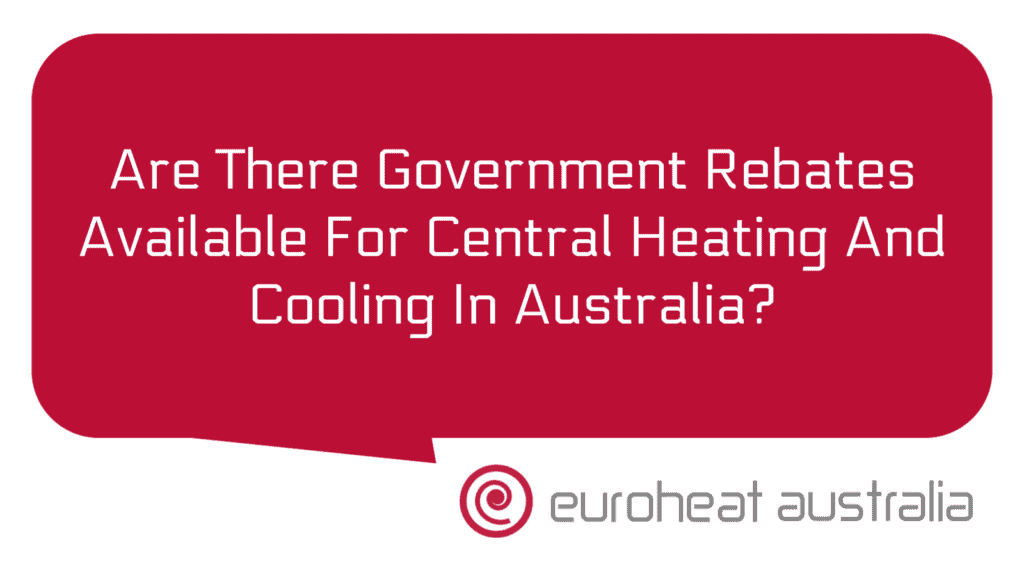When it comes to air-conditioning, Australians know how important it is to have a system that works for their specific needs. Whether you’re cooling down in the summer or heating up in the winter, having a reliable system is key. With so many types of waste chill air-conditioning systems available, it can be difficult to choose which one is best for your home. To help you out, we’ve put together a guide on what’s available and the benefits of each type.
First up we have the split system. This is one of the most popular types of air-conditioning systems and is ideal for cooling or heating individual rooms or areas within your home. The split system consists of an indoor unit and an outdoor unit that are connected by two refrigerant lines. It’s easy to install and maintain, making it a great choice for those who want to save money and energy in the long run.
Next up we have ducted air-conditioning systems. If you want to cool or heat several rooms at once, then this type of system might be just what you need. Ducted air-conditioning systems are perfect for large homes as they can provide efficient cooling or heating over multiple levels with minimal noise output. The downside is that they require more space than other types of systems, so if you have limited space in your home this might not be the best option for you.
If you’re looking for something more energy efficient then heat pumps might be worth considering. Heat pumps work by transferring heat from one place to another, making them incredibly efficient when it comes to cooling or heating your home. They don’t require any additional energy input like other air-conditioning systems do, meaning they’re great for reducing your energy bills over time.
Finally we have waste chill air-conditioning systems which are becoming increasingly popular due to their low running costs and environmental benefits. Waste chill systems make use of cold water from industrial processes such as water treatment facilities and breweries as a source of cooling energy instead of electricity which makes them incredibly energy efficient compared to other types of air-conditioners. The downside is that these systems require a large amount of space which might not be suitable for smaller homes with limited space availability.
Installing a waste chill air-conditioner can also help reduce costs by using existing water sources instead of electricity which can reduce operational costs significantly over time – especially if you make use of Euroheat Australia’s design & installation services with 30 years’ experience in hydronic heating & cooling solutions! In addition to cost savings, installing a waste chill system also has environmental benefits such as reducing greenhouse gas emissions by avoiding unnecessary electricity use while still providing efficient cooling solutions all year round!
So there you have it – four different types of waste chill air-conditioners available on the market today! All offer different advantages depending on your needs and budget, so it’s important to do some research before choosing which type will work best for your home! Remember – if you’re looking for expert guidance on design & installation services then Euroheat Australia has got you covered with their 30 years’ experience in hydronic heating & cooling solutions!





